It’s twenty years since Reflections Interactive brought us its unique take on the racing game genre, with the Hollywood movie-inspired title Stuntman.
The game was released across North America and Europe in 2002, with a Japanese release following three years later, oddly. It was developed by Reflections Interactive, the studio famous for the Driver and Destruction Derby series on the original PlayStation. That pedigree shone through in Stuntman.
But it wasn’t without its faults. Many lamented its long loading times, delays compounded by the incredibly frustrating way Stuntman punished players for slightly missing their marks during a scene, forcing a restart. Some vehicles handled poorly too, and the timing of the movie director’s instructions could be glacially slow.
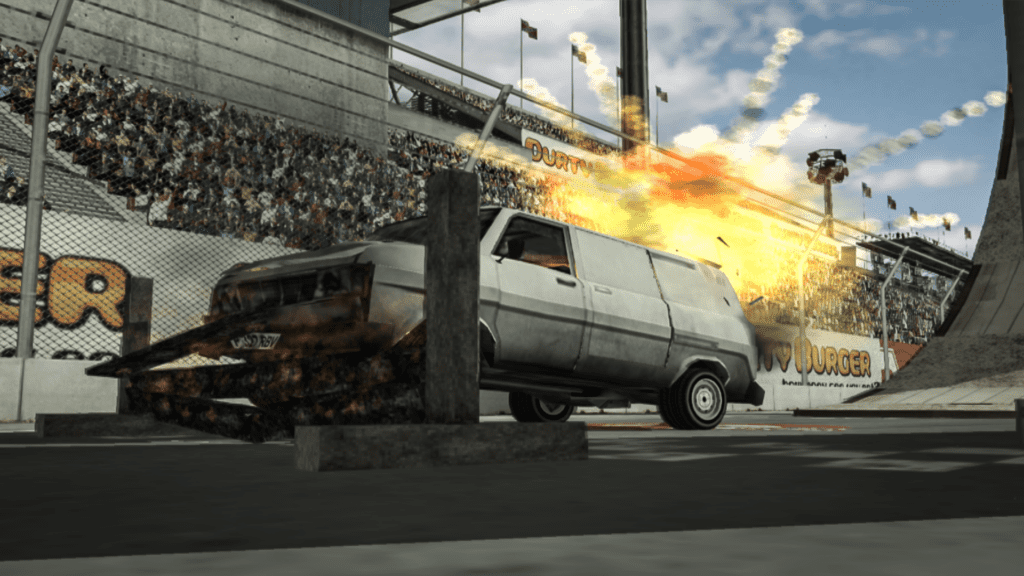
That’s why many have dubbed Stuntman ‘the Dark Souls of racing games’ (Dark Souls being an action RPG famous for its almost vertical learning curve).
But Stuntman is much better than Dark Souls – it’s got cars in it.
The Driver
Yes, as you can guess from the name, this game put you in the driving seat as a Stuntman-for-hire, working on a series of six films with increasingly bigger budgets. The first, set in London, is called Toothless in Wapping, evoking memories of early Guy Ritchie movies like Lock, Stock and Two Smoking Barrels. With far superior cockney accents.
The second film mimics The Dukes of Hazzard, cringingly titled ‘A Whoopin’ and a Hollerin’, followed by trips to Bangkok for ‘Blood Oath,’ Switzerland for ‘Conspiracy,’ Egypt for ‘The Scarab of Lost Souls’ and Monaco for the James Bond-esque big finale ‘Live Twice for Tomorrow.’
In between movies, players can perform stadium stunt shows in front of a crowd using ‘Arena Toys’ earned through performing well during the movies. The Arena Toys form the backbone of a free-form ‘Stunt Constructor’ mode, where items can be placed strategically to form the most exciting-looking jumps or death-defying crash set-pieces.
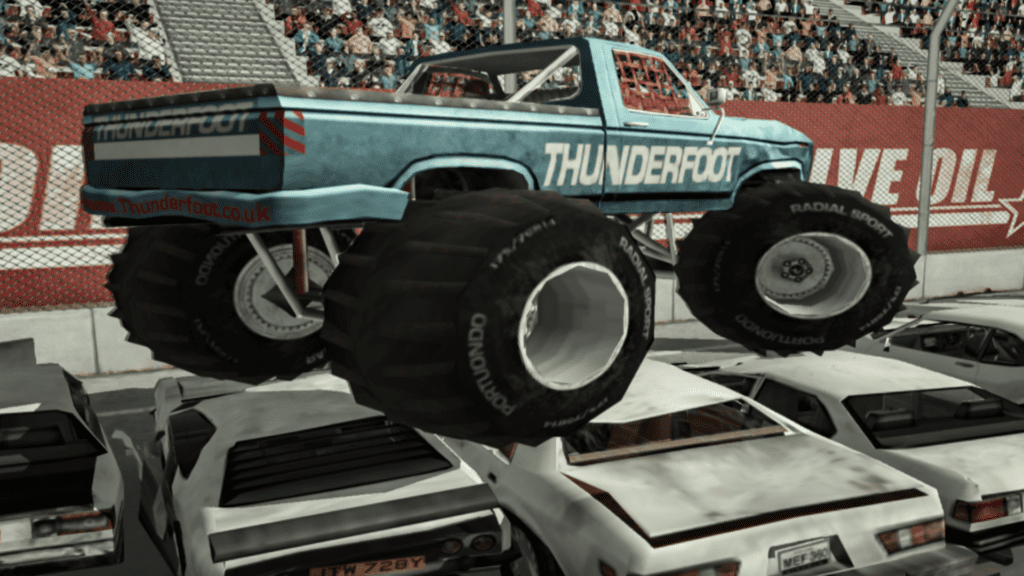
Arena Toys include extra cars, ramps and other stunt objects designed to make your stunts look spectacular and a little bit fiery.
When not flambéing your stuntman avatar in an elaborate crash, there are also extra Driving Tests to complete, including Precision Tests, Speed Tests and Stunt Tests. Although most players skip over these in favour of making movies or planning a stunt extravaganza in the Stunt Constructor.
The Precision Tests are a great way to utilise the superior driving physics engine behind the game. They mimic the real-world sport of Autocross so are a great way to build confidence in the game’s vehicle dynamics.
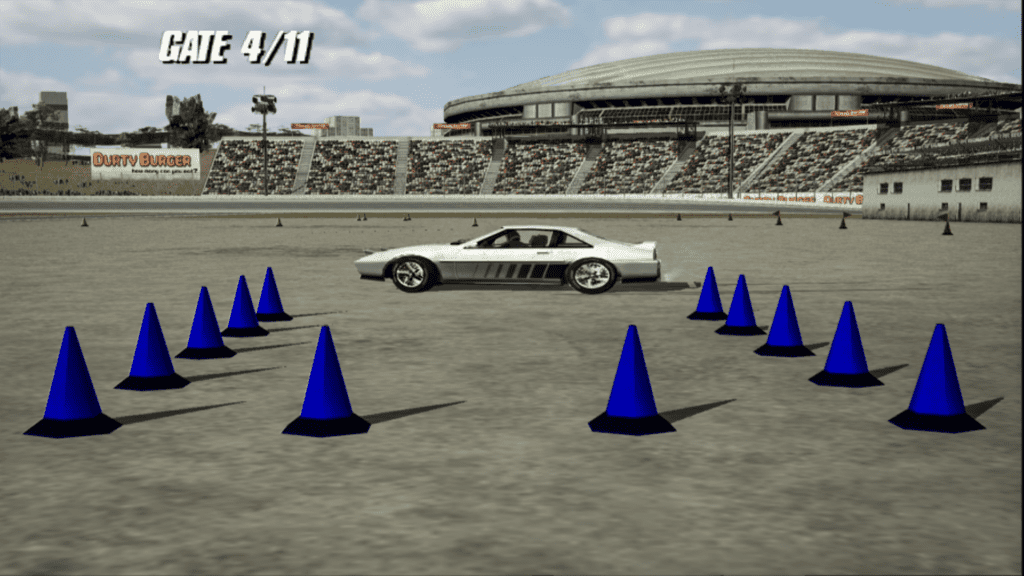
Bullitt
Speaking of which, if you ever played Driver or Driver 2 on the PlayStation, the handling of Stuntman’s array of cars will feel comfortingly familiar. Upon release, Driver was noted for the weightiness of its physics, which makes sense as they were mostly ’70s-inspired muscle cars with a high power-to-grip ratio.
Vehicles like the snowmobile and tuk-tuk are less enjoyable to drive, however, intensifying the frustration later in the game.
The original Driver introduced a ‘Film Director’ mode too, where players could play back their best car chases and cut together camera angles to create epic displays of driving skill and action. It was basically a car chase simulator, evoking films like Bullitt and Vanishing Point.
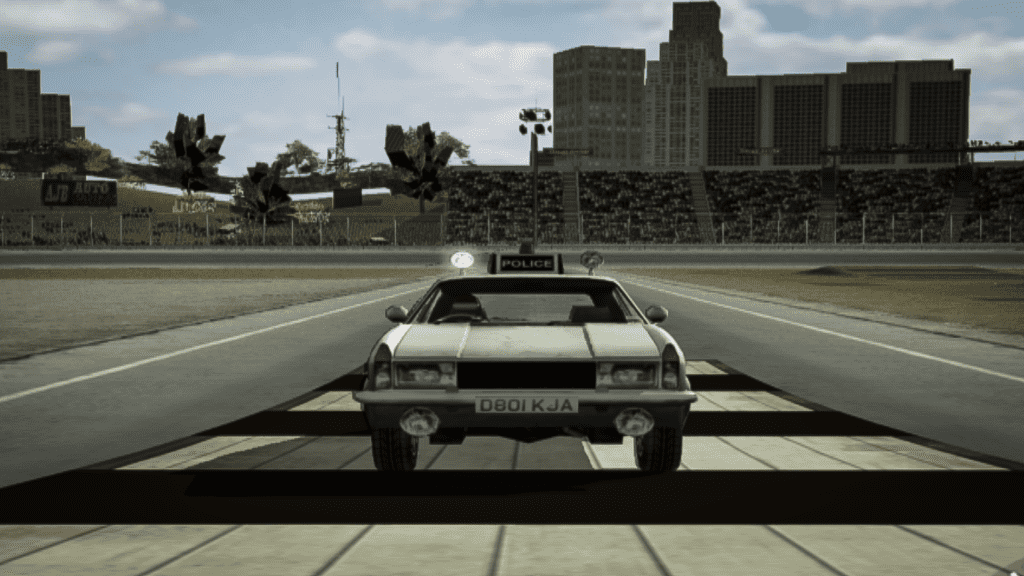
Each of Stuntman’s movies consisted of several driving set-pieces. The film’s Director gives the player instructions on where to drive, what to crash into and when. However, the directions are often a beat behind when you need them, causing you to quickly readjust, putting you off-line for the next event in the sequence. This means it’s extremely difficult to ace your first attempt.
You can’t take it slowly either, as there’s a strict time limit for all scenes. The definition of a completed individual stunt is quite loose too: it’s not unusual to fail on an ‘Overtake’ instruction because you were apparently one millimetre outside the hitbox of an NPC car. Grrr… Take two.
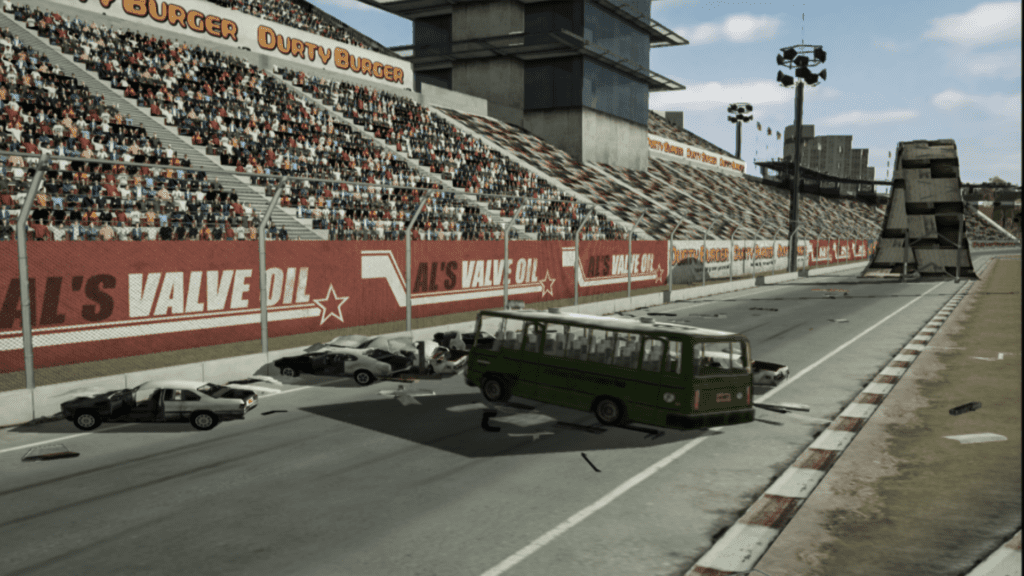
Reloading the scene and starting from scratch is the only way forward – there are no checkpoints to help players out. Repetition is your friend in Stuntman…
Or foe, depending on how frustrated you feel.
When the screen fills up with several moving vehicles, pedestrians or other objects the action tends to slow down quite a bit too, stuttering to around 10-15 fps at times. Ironically this gives you a little more time to hit your marks accurately.
Generally, the graphics are impressive for a 20-year-old game. Most of the objects are destructible and there’s plenty of traffic and pedestrians on-screen at once – all modelled in gloriously blocky 3D polygons.
Appetiser for Destruction
I’m ashamed to admit that when I played Stuntman the first time around, I completely missed out on the Stunt Constructor mode. I was a fool. It’s perhaps the most enjoyable part of the game. Using the Arena Toys earned from performing movie stunts accurately, you have free rein over object placement to create your own stunts.
Want to jump a tuk-tuk off an explosive ramp? Go for it! Want to drive a ‘90s Japanese saloon car through a 360-degree loop and launch it into a pile of cars? Knock yourself out. Literally. The cars are all destructible: wheels come off, wings crumple then detach and engines give off more smoke than your average Stuntman’s race suit.
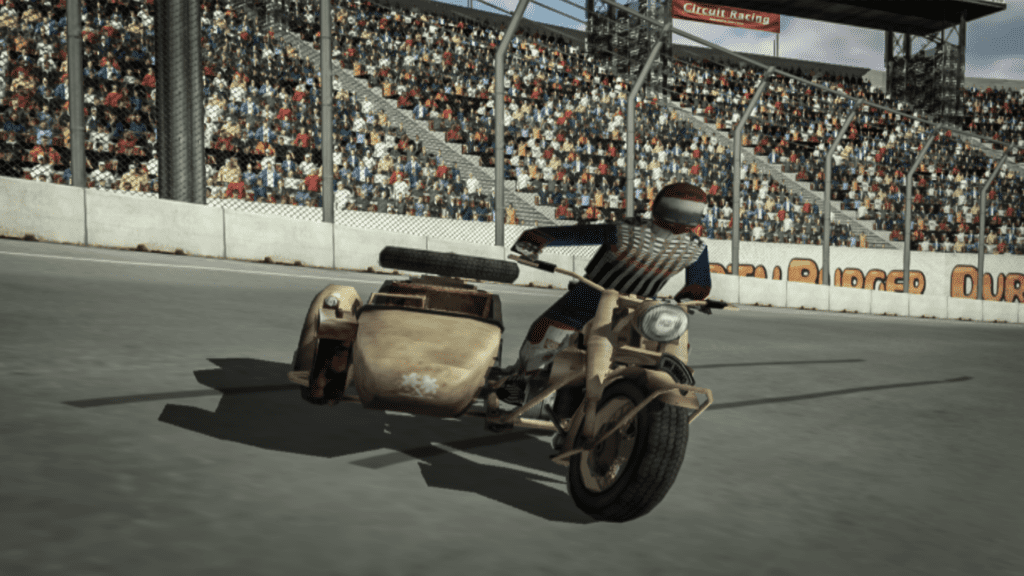
There’s nothing more satisfying than destroying a Ford Capri with a Transit van. It’s like watching a particularly brutal episode of Minder (ask your dad).
The way you can place objects in the stunt arena is wonderfully intuitive too. The camera allows you to zoom in, out, pan and rotate while positioning objects. There’s honestly not much to criticise – the only drawback is the number of placeable objects is limited, owing to the PS2’s memory constraints.
The ‘Auto Camera’ angles are sometimes not ideal when covering the action either, but that’s just nit-picking, especially as there’s a free camera available – although it can be tricky to control.
Take Two
Stuntman was – and is – an original idea beautifully executed by Reflections Interactive. Sure, it could be joypad-snappingly frustrating at times, but the payoff of seeing your perfectly executed stunts appearing in amongst pre-rendered trailer footage was genuinely gratifying.
The game borrows Driver’s ‘Film Director’ mode, but it expands on it to give the movie-making premise context. Admittedly, this removes some of the freedom of the Driver games since chase sequences are no longer organically produced. However, focusing on a core idea and executing it well is certainly no bad thing.
Some of the freedom was recaptured thanks to the Stunt Constructor mode thankfully, and it’s here where you can let your imagination run wild. It’s genuinely good fun, even now.
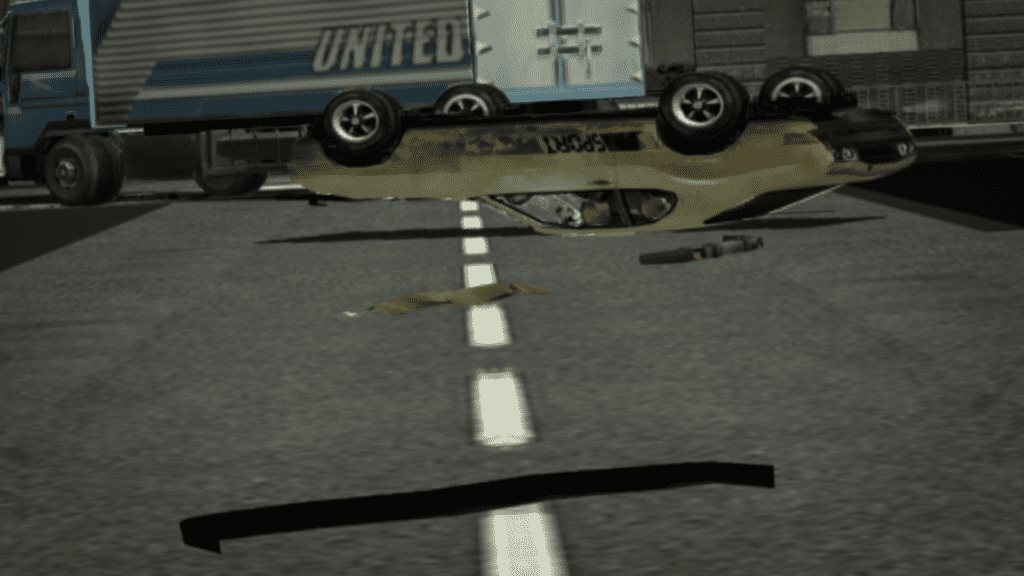
A sequel emerged in 2007 with a similar premise. Stuntman: Ignition wasn’t developed by Reflections Interactive, however, instead produced by Paradigm Entertainment. The game just didn’t hit the heights of the original, unfortunately.
It’s a great shame therefore that a modern sequel hasn’t appeared. BeamNG.Drive’s ‘Hustle and Bustle’ mission briefly flirts with the format, but it’s a short look at what a fully-fledged Stuntman game with modern physics could be.
Sure, using BeamNG’s advanced game mechanics it’s possible to create outstanding action sequences, but nothing beats the kind of tightly scripted single-player career mode found in Stuntman.
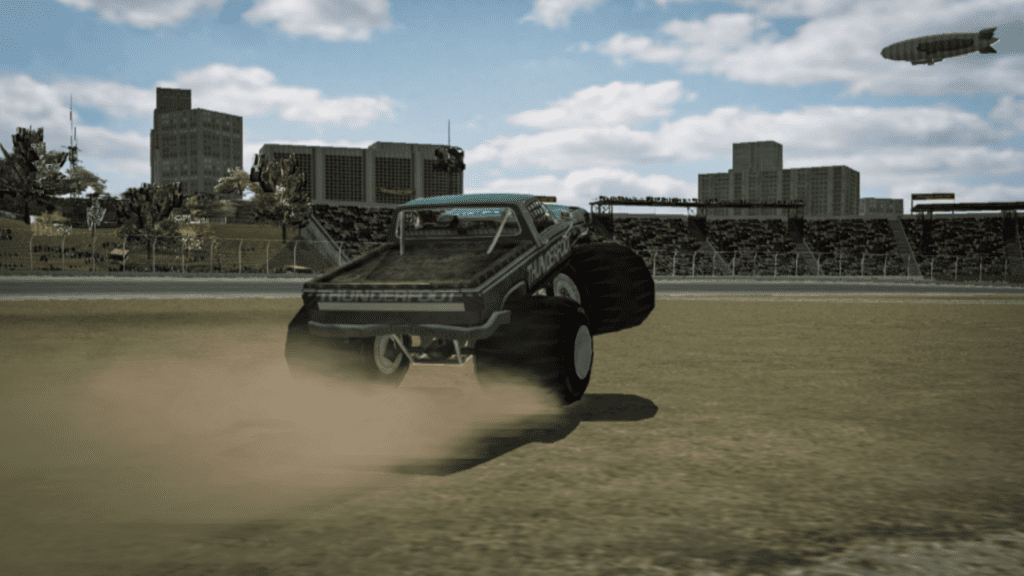
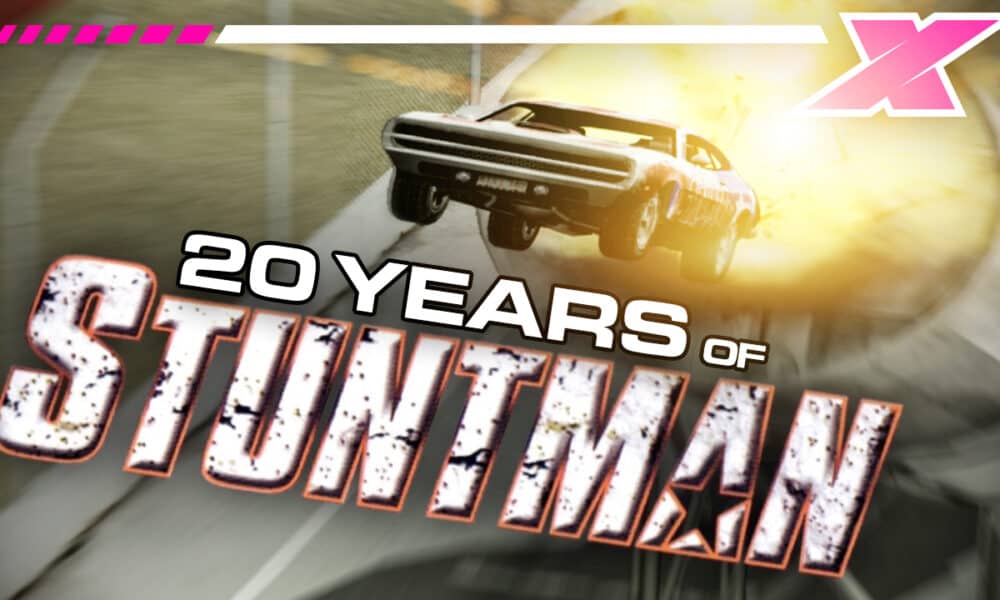




Chat with the Community
Sign Up To CommentIt's completely Free